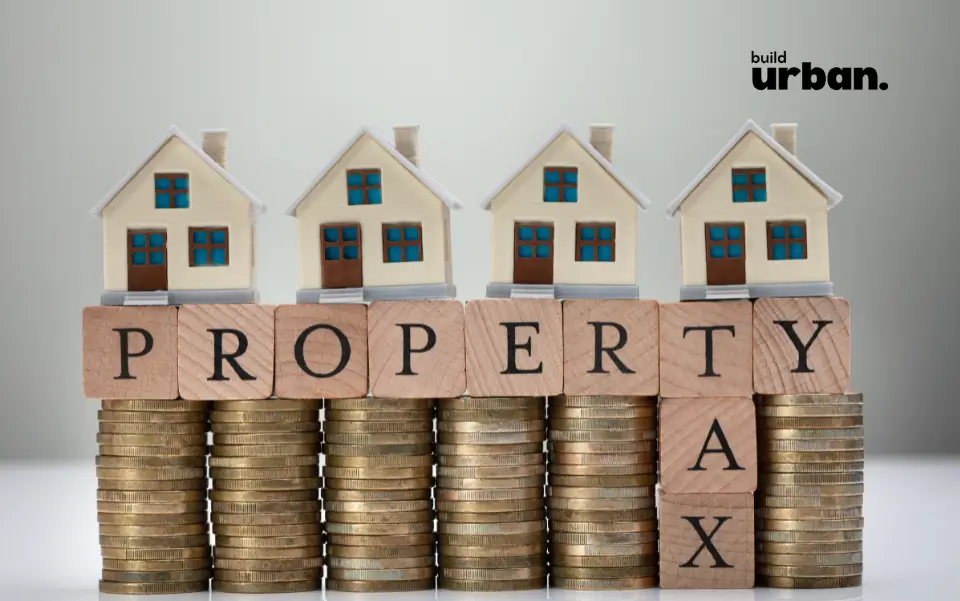
From car purchases to grocery runs, Ontarians feel the pinch of rising costs at every turn, and property tax is no exception. Across the province, cities and municipalities are unveiling their 2025 budgets, and the proposed property tax increases are causing quite the stir. In Hamilton, residents are bracing for a proposed 6.3% property tax hike, in Woolwich Township, it is even steeper at 10%. But perhaps the most jaw dropping of them all comes from Wilmot Township, where a 50% property tax increase is on the table.
One of the reasons for the steep property tax hikes this year has been the slowdown in housing construction. This chain reaction begins as high development charges and fees, and rising costs of labour, construction and materials stall new home building, making it difficult for municipalities to fund growth. With fewer new developments to generate revenue, the burden falls on existing homeowners to fill the gap through higher taxes, and so the story goes.
Development charges play a key role in funding the infrastructure that is required for new housing developments like roads, utilities, sewers and public services. While in essence, development charges are designed to support growth, the exorbitant cost to build, coupled with the lack of market interest in certain asset classes (ie. condos), has made it challenging for the development industry to move forward with projects. As a result, municipalities are not receiving as much revenue from development charges, leaving the burden on taxpayers to make up that key revenue stream.
Homeowners, who are already dealing with inflation and cost of living increases, are being further squeezed. Until we can make housing development more attractive by lowering fees, reducing barriers and speeding up approvals, this cycle will only worsen.
It is no small feat to be a developer in this day and age. Overcome by an influx of booming fees, complex regulatory loopholes and limited support, it’s easy to understand why housing starts continue to plummet. To get back on track, what the housing market truly needs is for municipalities to commit to reducing development costs and lowering application fees. Reducing costs would make building more attainable for developers and in turn, encourage new projects while building momentum for future growth.
Housing development is a key driver of municipal financial stability. As new residential properties are built, they generate additional property tax revenue for municipalities helping to fund essential public services. This revenue can also help ease the financial burden on existing homeowners as they are no longer responsible for covering a huge portion of public spending.
For this reason, it’s crucial that municipal and provincial leaders prioritize and support housing development. By creating the right conditions for growth, municipalities can restore the flow of development charges at a pace that eases the reliance on property taxes. By balancing the financial approach, municipalities, developers and homeowners can work together to make affordable, attractive and attainable housing once again.
To move forward, we must reduce the financial barriers that stall development. Lowering fees, adjusting policies and creating an environment where new projects are key steps to making sure that homes are within reach for all Canadians. By addressing these issues collectively, we can take meaningful steps toward a future where homes are within reach for all.
